1. “Last Train to Clarksville” by The Monkees
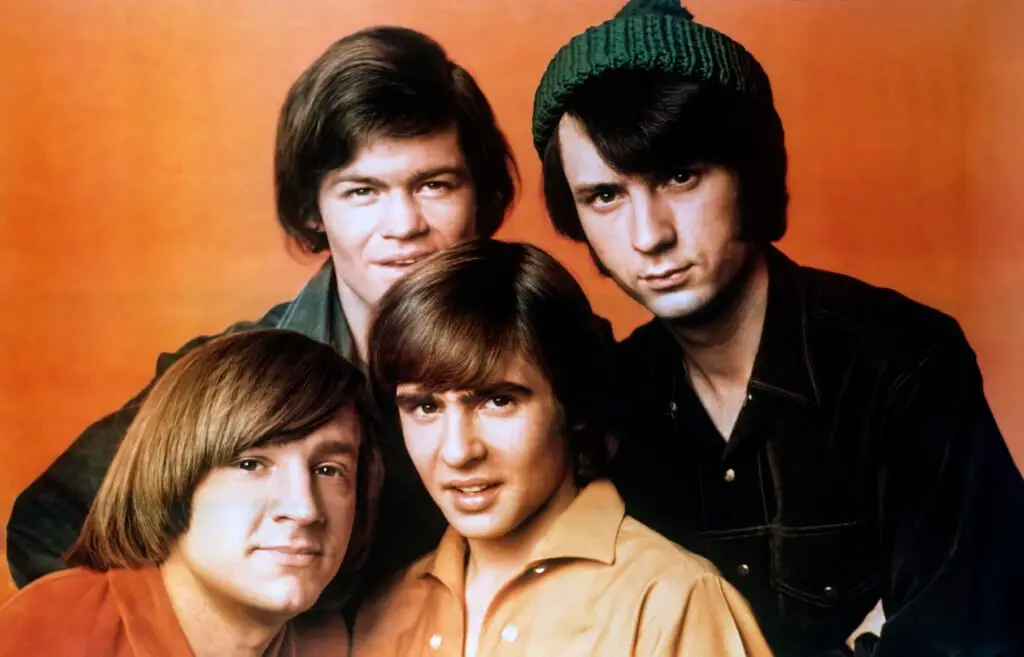
When Last Train to Clarksville by The Monkees hit number one in 1966, it was a shock to many who saw the band as a manufactured pop group rather than a legitimate rock act. The song, with its catchy tune and infectious chorus, might have seemed like a lighthearted pop hit, but its lyrics about a soldier heading off to war struck a surprisingly serious tone. At the time, the country was embroiled in the Vietnam War, and the song’s subtle anti-war message resonated with listeners who were beginning to question the conflict. The Monkees’ image as a bubblegum pop band made this unexpected depth even more shocking.
What made Last Train to Clarksville so groundbreaking was how it blurred the lines between the manufactured pop group and socially aware music. Despite being a television-created band, The Monkees delivered a song with real substance that connected with the social climate of the ’60s. It wasn’t just about catchy tunes anymore; it was about crafting music with meaning. This song showed that even the most commercially polished acts could surprise with socially conscious material, making it a defining moment for pop music in the decade.
2. “The Ballad of the Green Berets” by Barry Sadler
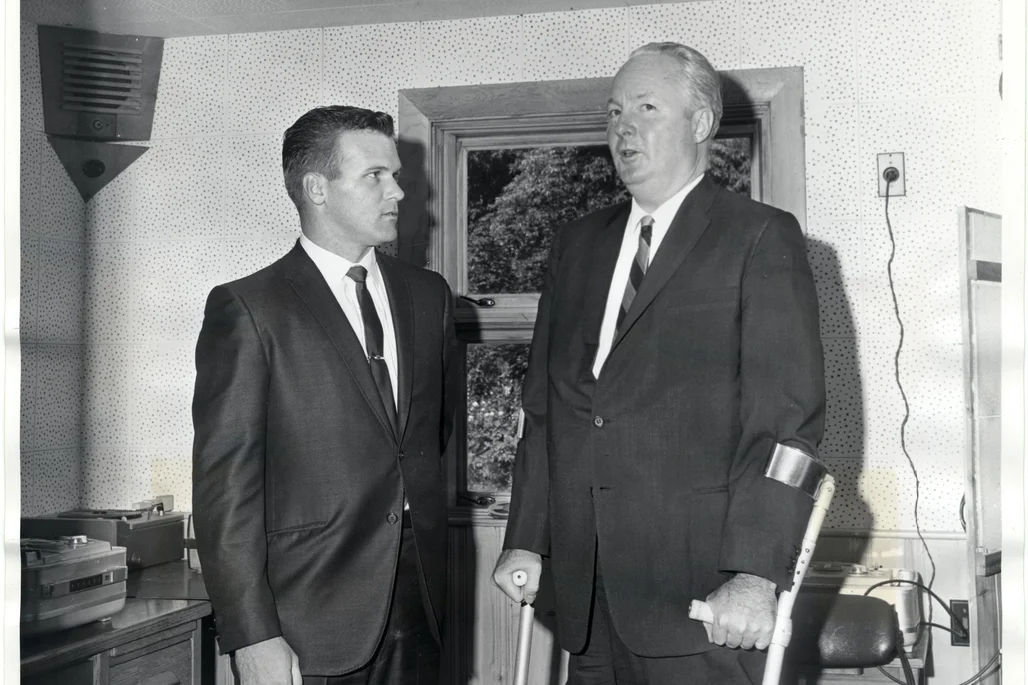
In 1966, The Ballad of the Green Berets soared to number one, leaving many listeners stunned with its patriotic fervor. Barry Sadler, a former Green Beret, wrote and performed the song as an ode to American soldiers fighting in Vietnam. Its somber, heroic tone was in stark contrast to the rebellious counterculture songs that dominated the era, making it a polarizing hit. The song’s earnest patriotism seemed out of step with the growing anti-war sentiment among the youth, which added to its shock value.
The Ballad of the Green Berets was a reflection of the complex mood of the country at the time. While it became an anthem for military supporters, it also highlighted the deep divisions of the 1960s. For those in favor of the war, the song was a tribute to bravery and sacrifice. For others, it was a stark reminder of the ongoing conflict that was tearing the nation apart, making it one of the most divisive number one hits of the decade.
3. “I Can’t Get No Satisfaction” by The Rolling Stones
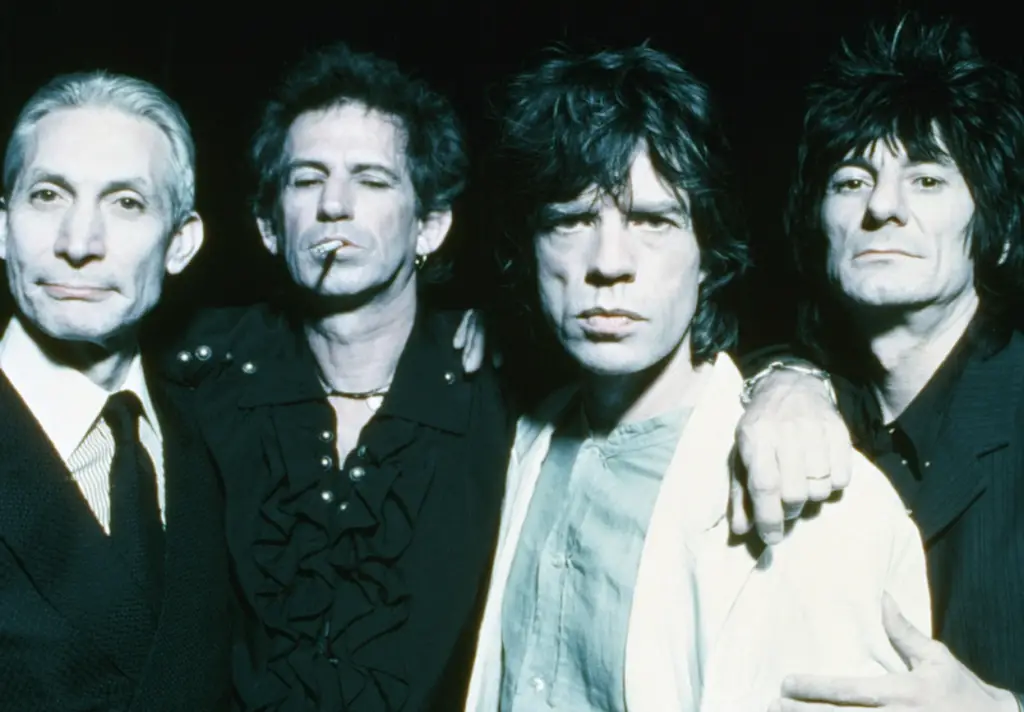
When (I Can’t Get No) Satisfaction hit number one in 1965, it captured the essence of youthful frustration in a way that was unprecedented in popular music. The song’s anti-establishment message resonated with a generation fed up with consumerism, conformity, and authority. The now-iconic riff, combined with Mick Jagger’s snarky, defiant vocals, made it a groundbreaking anthem for the 1960s counterculture. What made it truly shocking, though, was how quickly it became a worldwide sensation despite its raw critique of society.
At the time, Satisfaction felt like a direct challenge to the status quo, and it struck a nerve with teenagers who felt alienated by mainstream culture. Its rebellious spirit and sharp critique of modern life made it one of the defining songs of the decade. While it was a commercial smash, it also marked a shift in the music world, signaling that pop music didn’t have to be polite or safe to find massive success. It was the perfect soundtrack for a generation ready to demand more from the world around them.
4. “The Sounds of Silence” by Simon & Garfunkel
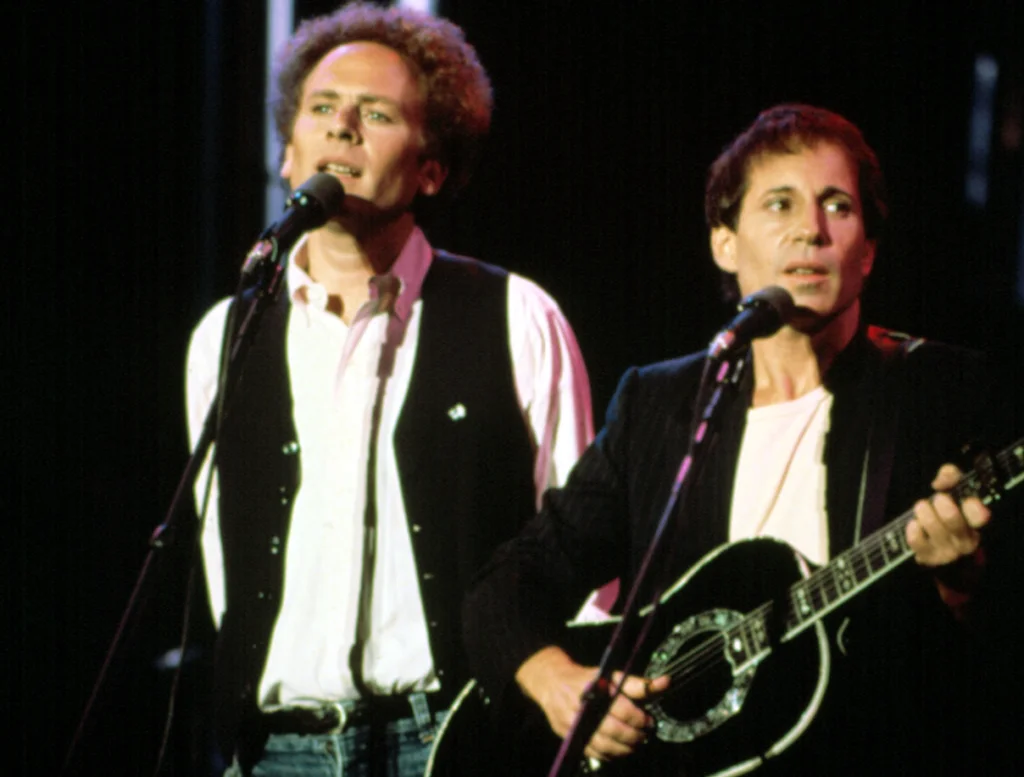
The Sounds of Silence was not just a song, but a haunting social commentary that shocked listeners when it soared to the top of the charts in 1966. Its haunting melody and introspective lyrics, which addressed the loneliness and alienation of modern life, were a stark contrast to the upbeat, feel-good hits of the time. Simon & Garfunkel’s soft harmonies were a soothing backdrop to the heavy theme of societal disconnection, making it an unexpected hit. The song’s dark tone resonated with the growing sense of unease about the state of the world.
What made it even more shocking was how it became a number one song despite its somber message. In a decade defined by the upbeat sounds of pop and the rise of rock ‘n’ roll, The Sounds of Silence stood apart as a quiet, introspective anthem. Its success was a reflection of the changing mood of the nation—one that was beginning to question its place in a rapidly changing world. The song’s ability to blend social commentary with simple beauty made it a timeless classic that continues to resonate with listeners today.
5. “Puppet on a String” by Sandie Shaw
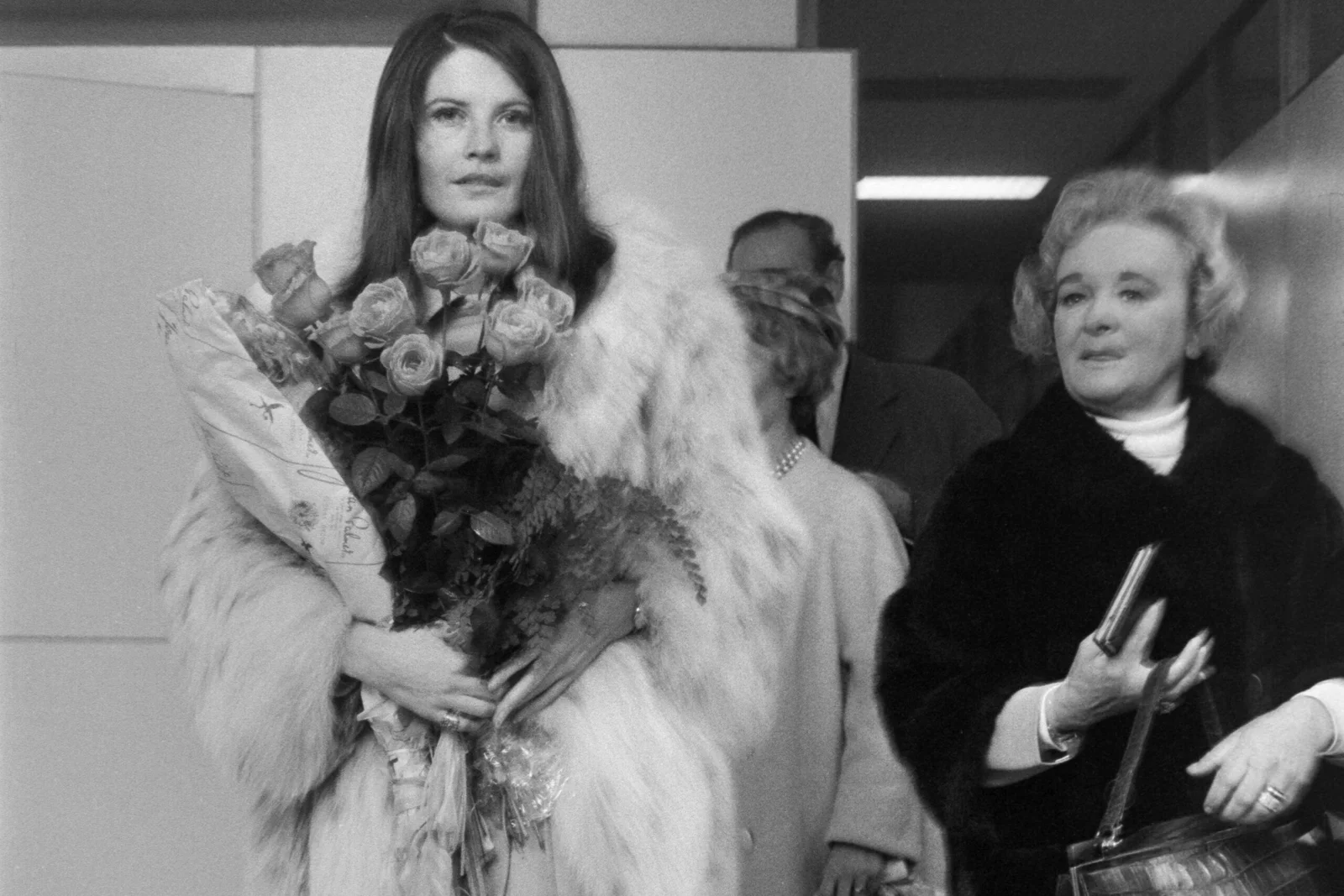
In 1967, British singer Sandie Shaw shocked everyone when Puppet on a String took the top spot on the charts. The song, with its bouncy beat and whimsical lyrics, was an unlikely hit, considering the darker, more serious themes that had begun to dominate the music scene. The catchy chorus and lighthearted tune were at odds with the more reflective or politically charged hits of the time, but it captured the spirit of the ’60s in its own unique way. Shaw’s simple, straightforward delivery, combined with the song’s playful theme of romantic confusion, made it a surprising commercial success.
Despite its initial light tone, Puppet on a String tapped into the universal feelings of vulnerability and control that many people could relate to. Its success was part of the larger trend of ’60s pop music, where artists experimented with blending different styles and themes. For a time, it became the ultimate pop confection, a cheerful anthem for those looking for something fun and carefree in a world full of change. The song’s success proved that even in a decade marked by social upheaval, there was still room for light, fun music.
6. “Hey Jude” by The Beatles
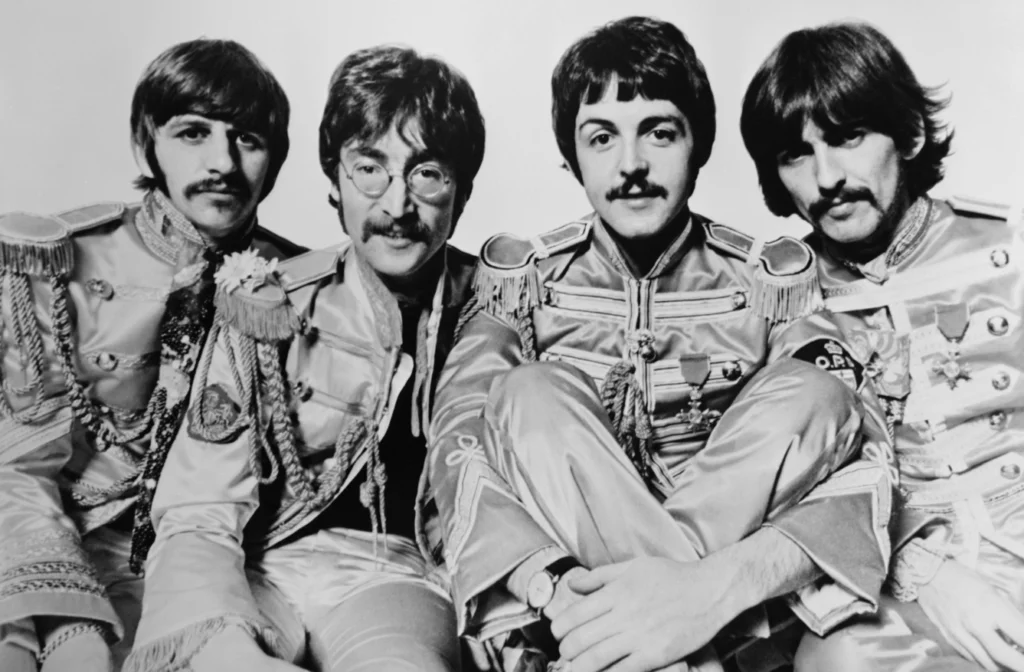
Hey Jude, released by The Beatles in 1968, was a massive hit that shocked audiences not just for its length—over seven minutes long—but also for its raw, emotional appeal. The song’s soaring chorus and message of encouragement were anthemic, but its extended run time was unconventional for pop music at the time. Despite this, the song became a chart-topping success, reflecting a shift in the way audiences were embracing longer, more experimental tracks. Its powerful sing-along moments and heartfelt lyrics made it a perfect reflection of the growing cultural changes of the late ’60s.
The song’s success was also a testament to The Beatles’ ability to innovate and stay relevant even as the world around them was changing rapidly. Hey Jude resonated with listeners because it captured a feeling of solidarity, offering comfort in times of uncertainty. Its unexpected rise to number one showed how much people were ready to embrace music that was less about following trends and more about personal expression. It remains one of the most iconic songs in rock history, proving that sometimes, breaking conventions leads to the most unforgettable moments in music.


